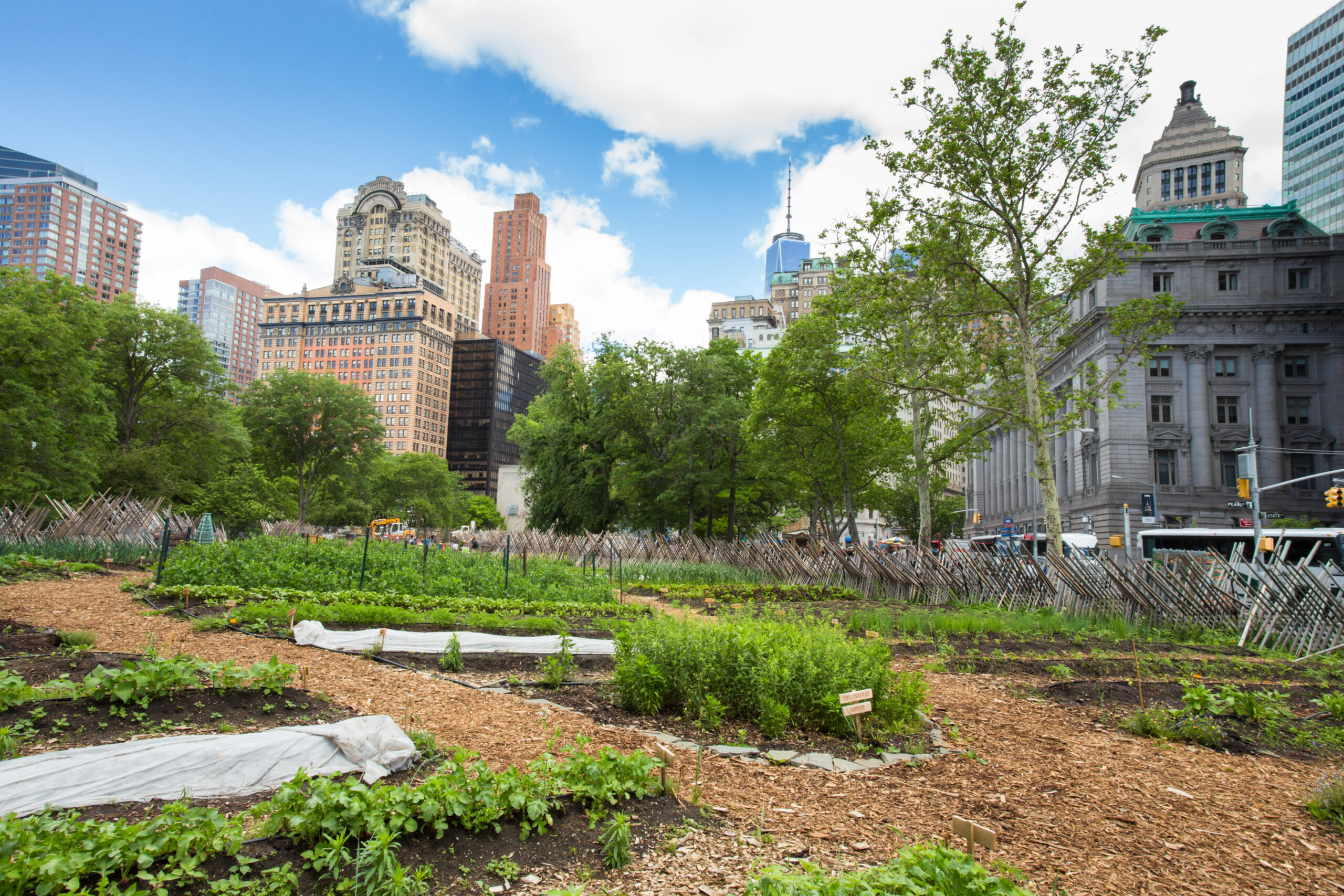The Ultimate Guide To City Blooming
The Ultimate Guide To City Blooming
Blog Article
City Blooming Can Be Fun For Everyone
Table of ContentsThe Basic Principles Of City Blooming Some Known Details About City Blooming See This Report on City BloomingA Biased View of City Blooming6 Simple Techniques For City Blooming
Fascinated in expanding food up for sale in the City of Chicago? Considering beginning a neighborhood garden? Changes to the Chicago Zoning Regulation permit farming usages like neighborhood gardens and metropolitan ranches in numerous parts of the city. Below is a checklist of regularly asked inquiries regarding the regulations and guidelines that cultivators ought to think about when preparing a city agriculture project.
The zoning change does not customize any kind of various other codes managing composting, structure authorizations, buying or renting City had building, organization licenses or ecological contamination. There are existing codes that regulate these issues and they continue to be in full result and might apply to your job. Neighborhood gardens are generally had or managed by public entities, public organizations or community-based companies and maintained by volunteers.
Urban ranches expand food that is planned to be offered, either on a not-for-profit or for-profit basis. Because of their industrial purpose, city ranches call for a company license. Yes. A neighborhood garden is permitted to market excess create that was expanded on site if the sales are accessory or secondary to the yard's main purpose described over.
How City Blooming can Save You Time, Stress, and Money.
Composting is enabled yet only for plant material that is produced and used on site. The amount of compost material can not surpass 25 cubic yards at any given time according to the requirements in 7-28-715 of the City's Municipal Code. Yes. Because the soil at a lot of brand-new garden websites needs modifying, compost, dirt, wood chips, or other products can be gotten to create or boost the growing room - eco-friendly practices.

If a building permit is required then the hoophouse will be taken into consideration an accessory building. You can learn more about the structure permit requirements by getting in touch with the Division of Structures. The 25,000-square-foot size limit is planned to avoid a single neighborhood garden from dominating a provided block or detracting from the block's existing residential or business personality.
The limitation does not use to gardens located in Public Open Room (POS) districts. Can there be greater than one neighborhood garden that is 25,000 square feet on a single block? Yes. The size restriction uses to private yards, not to individual blocks. No. Secure fencing is not needed, however, gardens that have huge parking lot may be called for to install fence or other landscape design attributes.
The 10-Minute Rule for City Blooming
B1 & B2 districts require that all commercial usage activities be carried out inside. R areas restrict commercial task. The laws mirror the function and intent of the Zoning Code. Is fencing required for city farms? Yes. Fencings might be called for, along with landscaping and screening, for particular parking lot and outdoor work or storage areas depending on location and the certain activity occurring.
Yes. Urban ranches require structure authorizations and zoning approvals before building and construction. Other types of city evaluation might be called for depending on particular frameworks, activities, dimension, landscape design, licensing, public health and stormwater management problems. A lot of these needs are determined in the project layout or allowing process, however, the applicant may be responsible to independently recognize details licenses or permits that might be needed.
The Division of Company Affairs and Consumer Security can help determine the details kind of business license that's called for. Off street look at this site car parking is required for a lot of commercial jobs in Chicago. The called for number of car parking rooms is based on the number of employees functioning on site and not the square video footage of the expanding area.
The smart Trick of City Blooming That Nobody is Discussing

Yes. A metropolitan ranch can offer compost product produced on site, nonetheless, the operation must adhere to the guidelines in 7-28-715 of the Chicago Municipal Code. Yes. Aquaponic systems are enabled inside on metropolitan farms in lots of zoning areas. A zoning testimonial and structure authorization is required in order to mount structures or systems and an organization certificate is called for as explained above.
Up to 5 hives or swarms of honey bees may be kept as an accessory usage. Beekeepers need to register with the Illinois Department of Agriculture. To find out more concerning the recommended zoning amendment you may contact the Division of Housing and Economic Advancement, Bureau of Planning and Zoning at 312.744.8563.
Farming in cities and city areas An urban ranch in Chicago. Urban agriculture refers to numerous techniques of cultivating. https://cityblooming.jimdosite.com/, processing, and distributing food in metropolitan areas. The term likewise applies to the location activities of pet husbandry, aquaculture, beekeeping, and gardening in a city context. Urban agriculture is identified from peri-urban farming, which takes area in country areas at the edge of suburban areas.
City Blooming Things To Know Before You Buy
, that look for to form social networks founded on a common values of nature and neighborhood holism. These networks can develop by method of formal institutional support, becoming integrated right into regional community planning as a "transition town" activity for sustainable city growth.
Some of the very first evidence of urban agriculture comes from Mesopotamia.
Report this page